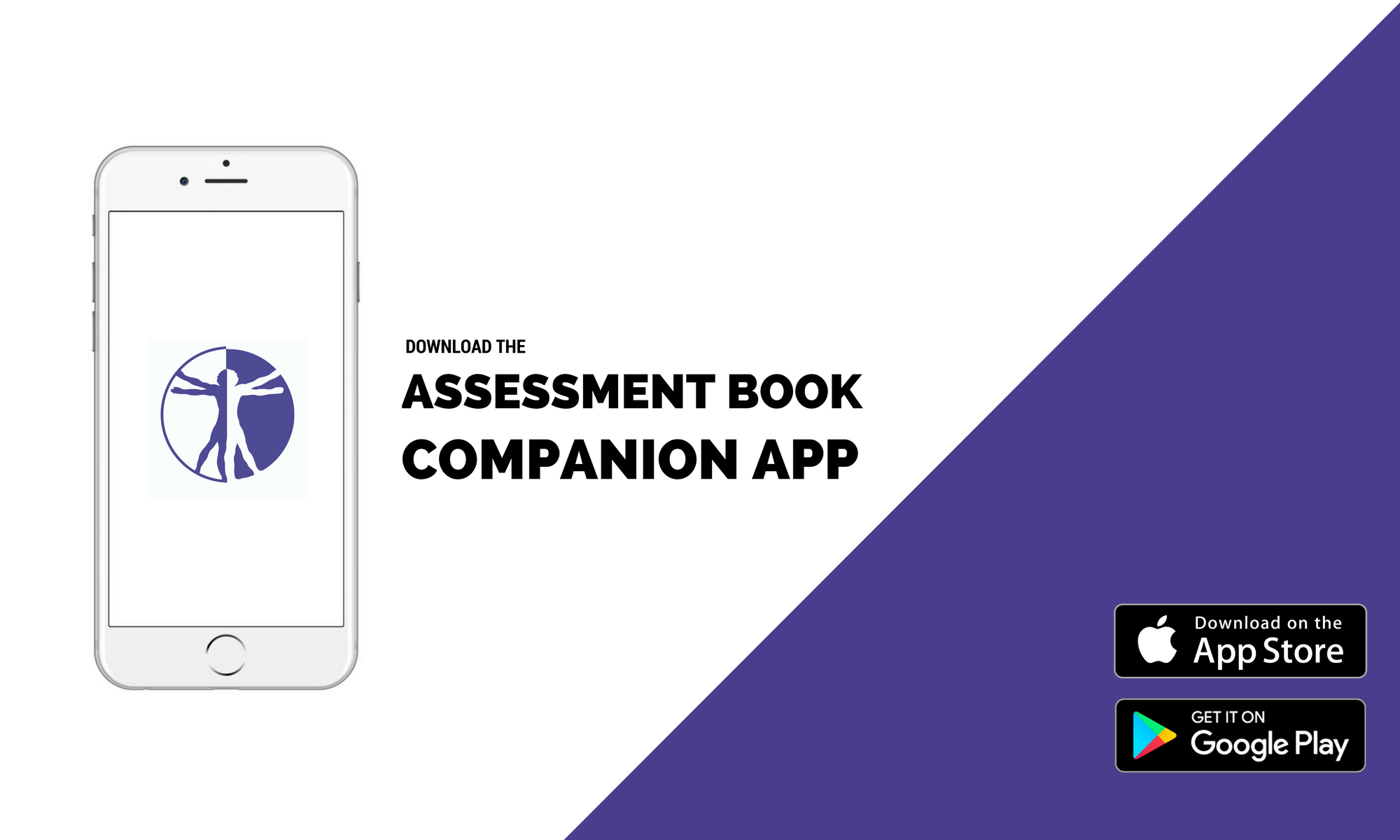Execution:
- Patient is in supine lying position with the leg bent to 30 degrees of flexion and slight external rotation(this position may be supported by the examiner’s knee under the patient’s knee)
- The examiner then stabilizes the knee with his contralateral hand on the femur from laterally
- The examiner’s ipsilateral hand grabs on to the posterior part of the patient’s tibia from medially and quickly pulls the tibia anteriorly
Positive Outcome: Soft or mushy end-feel or anterior translation on the tested knee is >3mm compared to the other knee
| Study |
Reliability |
Sn | Sp | LR+ |
LR- |
| Benjaminse et al. (2006) |
NA |
85 | 94 | 14.16 |
0.16 |
| Van Eck et al. (2013) |
NA |
81 | 81 | 4.5 |
0.22 |
| Huang et al. (2016) |
NA |
87.1 | 97 | 7.68 |
0.17 |
| Lange et al. (2015) | Intra-rater ĸ=0.29-1.00 Inter-rater ĸ=0.19-0.61 |
NA | NA | NA |
NA |
| Zhao et al. (2021) | NA | 79.1 | 89.3 | 7.39 |
0.23 |
| Huang et al. (2022) | NA | 76 (73-78) |
89 (87-91) |
5.65 (4.05-7.86) |
0.28 |
| Tanaka et al. (2022) | NA | 79 (74-83) | 91 (87-94) | 7.63 (2.52-23.11) |
0.23 (0.10-0.52) |
| Sokal et al. (2022) | NA | 81 (73-87) |
85 (73-92) |
5.72 (2.82-10.8) |
0.24 |
| Comment: Some authors recommend to first exclude a posterior cruciate ligament tear to avoid false positive results for ACL testing. This test has also been describe in |
|||||
![]()
